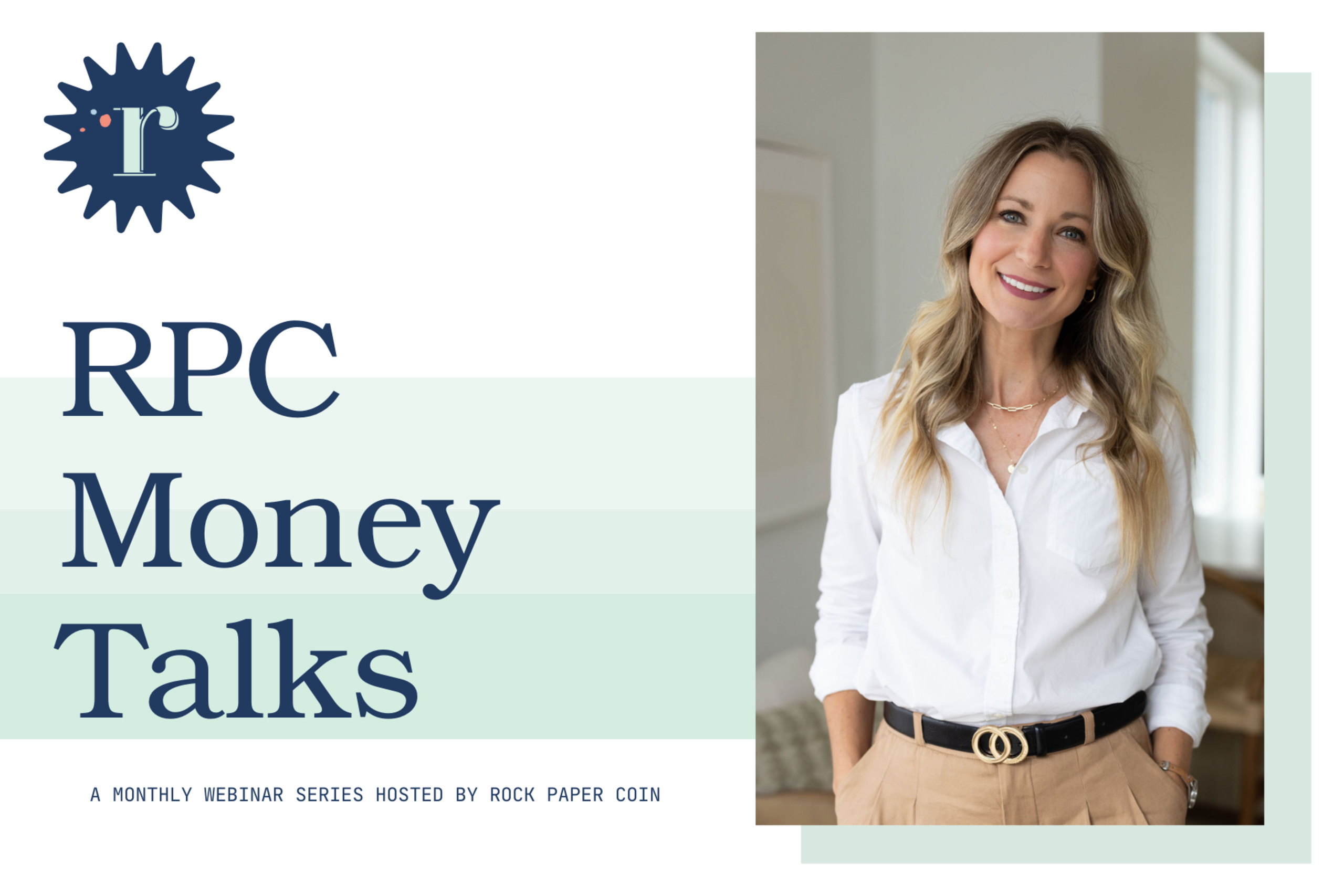Hey there, event pros! Budgeting is the backbone of financial success, helping you make informed decisions, track expenses, and achieve your goals. But finding the right budget template can be overwhelming, especially when you’re looking to maximize efficiency and create a solid financial dashboard. Fear not, because we’ve got your back! In this comprehensive guide, we’ll walk you through the key features to look for in a perfect budget template and share insider tips and tricks along the way. So, let’s dive into the world of budgeting and unlock the power of a well-crafted financial plan!
1. Comprehensive Expense Categories
When searching for a perfect budget template, prioritize one that offers comprehensive expense categories. These categories should cover all aspects of your event planning business, from overhead costs like rent and utilities to variable expenses like marketing and supplies. By having well-defined categories, you can track and analyze your spending patterns more effectively, allowing for better financial planning and decision-making. It’s important to consider industry-specific expenses unique to event planning, such as venue rentals, catering, transportation, and entertainment. By having specific expense categories tailored to your business, you’ll have a clearer understanding of where your money is going and how it impacts your overall financial health.
2. Customization Options of Budget Templates
Every business is unique, and so are your financial needs. Look for a budget template that provides customization options, allowing you to tailor it to your specific requirements. This might include the ability to modify income sources or incorporate industry-specific metrics. The more flexibility you have, the better you can align your budget template with your business’s specific goals and financial strategies. Consider your event planning niche and the particular metrics and KPIs (Key Performance Indicators) that matter most to your success. For example, if you primarily focus on corporate events, you may want to track metrics like client retention rates, client acquisition costs, and revenue per client.
3. Clear Visualization and Reporting
A solid financial dashboard is crucial for monitoring your financial health at a glance. Look for a budget template that offers clear visualization and reporting features. This includes visual charts, graphs, and summaries that provide a snapshot of your income, expenses, and savings. These visual representations not only make it easier to understand your financial situation but also enable you to identify trends, make informed decisions, and spot potential areas for improvement. A visual representation of your cash flow, profit margins, and expenses will help you quickly identify areas of concern or opportunities for growth. This way, you can visually track your progress and make adjustments as needed to stay on top of your financial goals.
4. Automated Calculations and Formulas
Save time and reduce the risk of errors by choosing a budget template with automated calculations and formulas. These built-in features can handle complex calculations, such as totaling expenses, tracking income, and calculating profit margins. By automating these processes, you can focus more on analyzing your financial data and making strategic decisions instead of spending hours manually crunching numbers. Leverage formulas like SUM, AVERAGE, and IF statements to streamline your calculations and minimize errors. For example, you can use conditional formulas to automatically highlight expenses that exceed a certain threshold, allowing you to quickly identify areas where you can cut costs.
5. Forecasting and Goal Setting
To truly maximize your financial efficiency, opt for a budget template that includes forecasting and goal-setting capabilities. This powerful feature allows you to project future income and expenses based on historical data, enabling you to plan ahead and set realistic financial goals. By incorporating these forecasting tools into your budget template, you can assess the financial feasibility of new projects, anticipate cash flow needs, and align your budget with your long-term aspirations. Use techniques like trend analysis, scenario modeling, and sensitivity analysis to gain insights into potential outcomes and make proactive decisions. This way, you can adjust your budget and financial strategies accordingly to stay on track and achieve your desired financial goals.
There you have it, newly-anointed financial superheroes! By seeking out the perfect budget template with comprehensive expense categories, customization options, clear visualization and reporting, automated calculations and formulas, and forecasting and goal-setting capabilities, you can supercharge your financial efficiency and create a rock-solid financial dashboard. Remember, your budget is not just a spreadsheet—it’s a roadmap to financial success and stability. So, go ahead and embrace the power of a well-crafted budget template, and let your event planning business thrive in the realm of financial success!
We hope this guide has shed light on the crucial aspects to consider when selecting a budget template for your event planning business. By implementing the right tools and strategies, you’ll gain greater control over your finances and be well-equipped to make informed decisions that drive your business forward.
So, get out there, rock your financial management, and watch your event business dreams become a reality!
Rock Paper Coin: All-in-One Solution
Want to pair your fresh budget know-how with a business solution that makes the rest of your workflow a breeze? Check out our free 30-day trial today and see how our contract, invoice, and payment solution powers your financial success!



